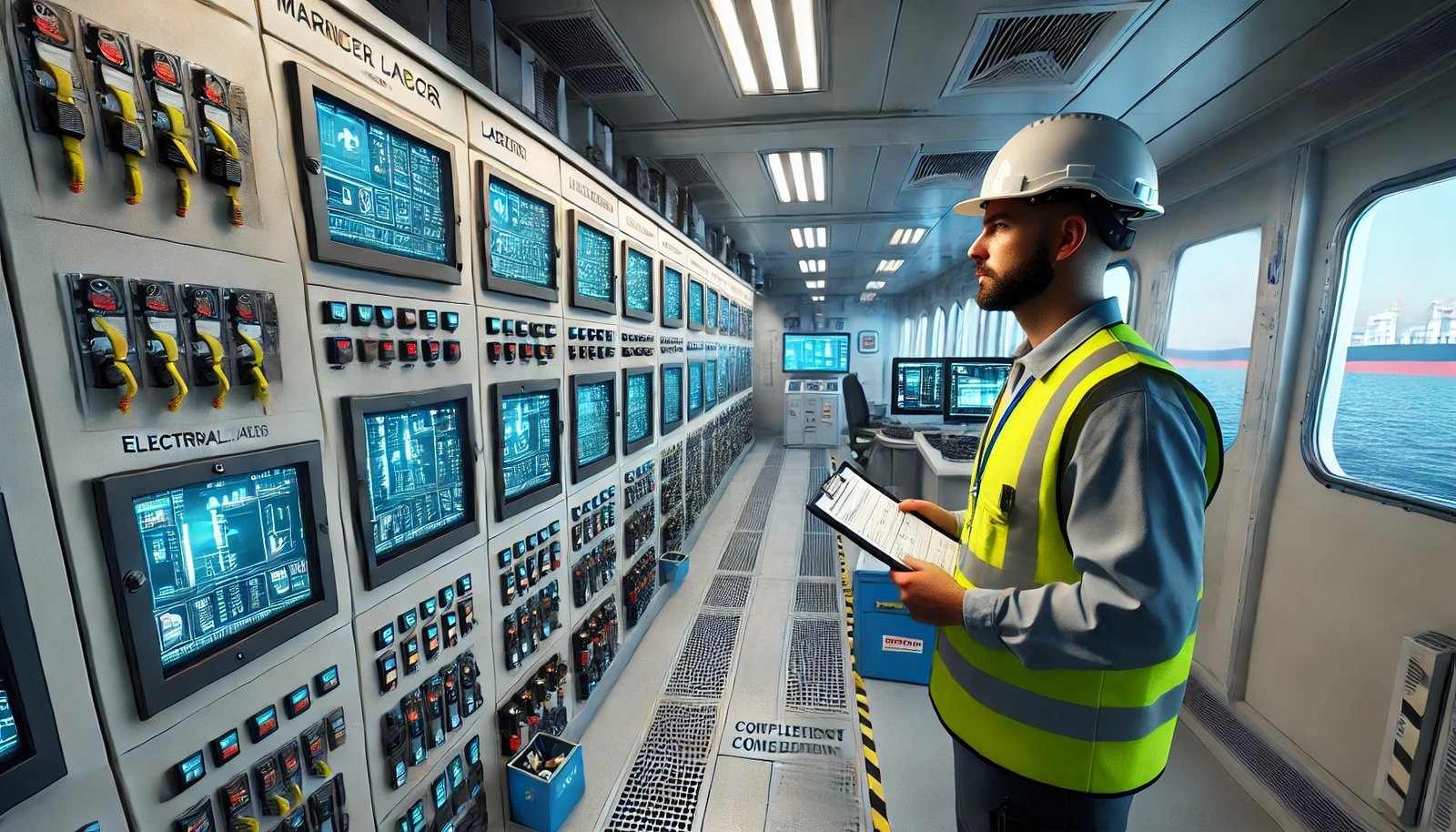Introduction
The Maritime Labor Convention (MLC) 2006 is a crucial framework that ensures fair working conditions for seafarers worldwide. This international treaty, established by the International Labour Organization (ILO), protects the rights of maritime professionals, including those in marine electrotechnology.
For Electro-Technical Officers (ETOs) and marine engineers, MLC 2006 plays a key role in maintaining ship electrical systems, enforcing safety regulations, and ensuring fair employment terms. Since coming into force on 20 August 2013, the convention has set global labor standards that impact ship operations and electrical safety.
Understanding MLC 2006 is vital for anyone involved in COC exam electrotechnology, ETO courses, or maritime electrical training. Let’s explore its key aspects and why it matters in marine electrical engineering.
What is the Maritime Labor Convention (MLC) 2006?
The Maritime Labor Convention (MLC) 2006 consolidates over 65 international labor standards to create a single, comprehensive framework for seafarer welfare. It applies to all vessels above 500 GT engaged in international voyages.
Key Objectives of MLC 2006
- Establish minimum working and living conditions for seafarers.
- Ensure safe ship automation and onboard safety protocols.
- Protect seafarers from unfair employment practices.
- Improve marine power generation and onboard safety measures.
- Enforce electrical safety at sea for all maritime professionals.
MLC 2006 and Its Five Core Titles
Title 1: Minimum Requirements for Seafarers
This title ensures that all maritime workers, including marine electrical engineering professionals, meet the following criteria:
- Minimum Age: 16 years (18 for hazardous roles such as high-voltage systems on ships).
- Medical Certification: Mandatory fitness tests for ETOs and engineers.
- Training & Qualifications: Compliance with maritime electrical training standards.
Title 2: Conditions of Employment
This section regulates:
- Seafarers’ Employment Agreements (SEA): Clearly defined contracts covering salary, work hours, and overtime.
- Work Hours: Maximum 14 hours in a 24-hour period or 72 hours per week.
- Repatriation & Welfare: Employers must arrange a safe return for seafarers upon contract completion.
Title 3: Accommodation & Welfare
MLC 2006 ensures that:
- Ship electrical systems comply with global safety standards.
- Proper ventilation, lighting, and onboard recreational facilities are available.
- Seafarers have access to hygienic and comfortable living spaces.
Title 4: Health Protection & Safety
- Onboard Medical Care: Immediate treatment for all seafarers, including those working in ship electrical systems.
- Occupational Safety: Reducing hazards in marine power generation areas.
- Accident Prevention: Regular safety drills and compliance inspections.
Title 5: Compliance & Enforcement
Ships are subject to:
- Port State Control (PSC) inspections for marine electrotechnology and safety compliance.
- Detention of non-compliant vessels under international law.
- Seafarer Rights Protection Mechanisms for labor-related disputes.

Why is MLC 2006 Important for Marine Electrotechnology?
- Ensures Safety in High-Voltage Systems: Protects those working with vessel electrical systems and automation setups.
- Fair Pay and Work Hours: Prevents overwork and underpayment for maritime professionals.
- Reduces Electrical Hazards: Implements electrical safety at sea protocols.
- Supports Career Development: Helps ETO course graduates and engineers understand compliance requirements.
Compliance Resources and Training
For professionals preparing for the COC exam electrotechnology, staying updated on MLC 2006 is essential. Trusted resources include:
- International Labour Organization (ILO)
- International Maritime Organization (IMO)
- Marine Electrical Engineering Courses
By following MLC 2006, maritime professionals can ensure safer, fairer, and more compliant workplaces.
Conclusion
The Maritime Labor Convention (MLC) 2006 is a critical international regulation that safeguards seafarer rights, including those in marine electrotechnology and ship electrical systems. Understanding this convention is crucial for ETO course students, engineers, and maritime professionals.
Stay compliant and informed—explore more resources at LearnMerchantShip.com.
